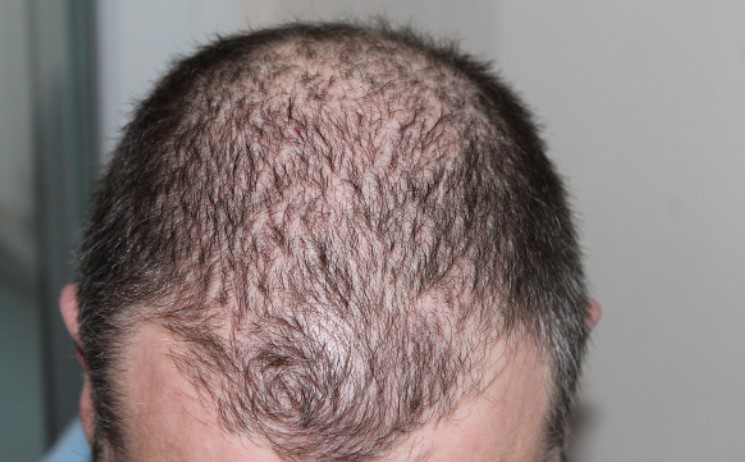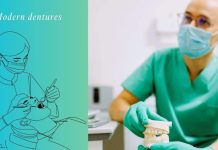Platelet-rich plasma Therapy for Hair Loss
PRP therapy is a treatment for hair loss that uses the patient’s blood plasma, which is rich in platelets, to promote hair growth. The procedure typically involves taking a small amount of blood from the patient and then processing it in a centrifuge to separate the plasma from the other blood components. The plasma, which is rich in platelets, is then re-injected into the scalp in the areas of hair loss.
The theory behind PRP therapy is that the growth factors in the platelets can stimulate the hair follicles to grow new hair. Some studies have suggested that PRP therapy may be effective in treating male and female pattern baldness and other forms of hair loss. However, more research is needed to confirm its efficacy.
The procedure is typically done in a series of 3–4 treatments spaced 4-6 weeks apart. The treatment is relatively painless, and the side effects are minimal, such as slight redness or swelling in the treated area, but these side effects are usually short-lived.
PRP therapy is considered a safe and effective treatment for hair loss, but it’s important to consult a healthcare professional before undergoing the procedure. They can help determine if PRP therapy is the right treatment for you and also advise on the expected results and potential risks. PRP therapy for hair loss is typically considered to be a relatively painless procedure.
The procedure starts with drawing a small amount of blood from the patient, similar to a routine blood test, which can cause slight discomfort or sting. After the blood is drawn, it is processed in a centrifuge to separate the plasma from the other blood components. The plasma, which is rich in platelets, is then re-injected into the scalp in the areas of hair loss.
During the injections, a numbing cream or local anesthesia may be applied to the scalp to minimize any discomfort. Some patients may experience a slight stinging or burning sensation during the injection, but it is usually minimal and short-lived. After the procedure, some patients may experience slight redness, swelling, or itching in the treated area, but these side effects are usually short-lived.
Overall, the procedure is considered relatively painless, and the discomfort is usually minimal. If you’re concerned about pain during the procedure, it is best to speak with the healthcare professional who will be performing the treatment; they will be able to provide you with more information and advice on how to manage any discomfort. The cost of PRP therapy for hair loss can vary depending on a number of factors, such as the location of the clinic, the experience of the healthcare professional performing the procedure, and the number of treatments needed.
On average, a single PRP treatment session for hair loss can cost anywhere from $500 to $2000 in the US. Some clinics may offer package deals for multiple treatments, which can bring the overall cost down. However, it’s important to note that the cost can vary widely depending on the location, the experience of the healthcare professional, and the number of treatments needed.
Remarkably, PRP therapy for hair loss is seen as a cosmetic operation and is usually not reimbursed by insurance. Therefore, patients should plan to pay for the procedure out of pocket.
It’s important to research different options and compare prices and reviews before deciding on a clinic or healthcare professional. It’s also important to keep in mind that a lower cost does not necessarily mean a better value, and that the most important thing is to find a reputable and qualified healthcare professional who can provide a safe and effective treatment.
It’s always important to research different options and compare prices and reviews before deciding on a clinic or healthcare professional. It’s also important to keep in mind that a lower cost does not necessarily mean a better value, and that the most important thing is to find a reputable and qualified healthcare professional who can provide a safe and effective treatment.
Read More: How Effective are Hair Fillers for Thinning Hair







